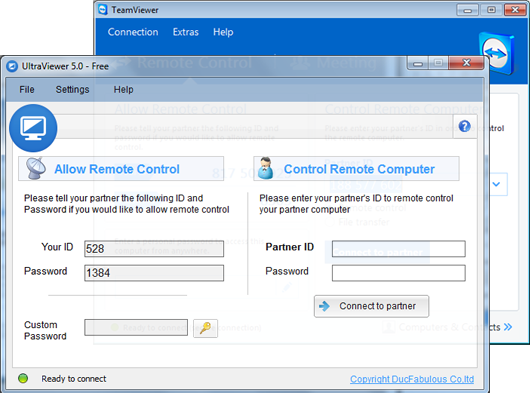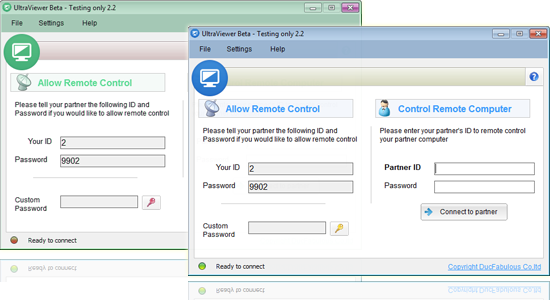How to Stop Getting Phishing Emails – Proven Ways to Protect Your Inbox Now!
Phishing emails have become a growing threat to internet users worldwide. Cybercriminals are constantly evolving their tactics, making it crucial for everyone to understand how to identify and prevent these harmful attacks. In this article, we'll explain what phishing emails are, why they’re dangerous, and most importantly, how you can stop phishing emails from landing in your inbox. By following these tips, you can safeguard your personal information and ensure your online experience remains secure.
What Are Phishing Emails?
Phishing emails are fraudulent messages that appear to come from legitimate sources, such as banks, social media platforms, or even colleagues. The goal of phishing emails is to trick recipients into providing sensitive information like passwords, credit card numbers, or even access to business systems.
These emails often contain malicious links or attachments designed to steal your information or infect your device with malware. Phishing emails are dangerous because they are increasingly sophisticated and can look almost identical to real messages from trusted companies.

One of the more sophisticated forms of phishing email scams involves notifications about sudden computer issues, such as claims that your system is infected with a virus or that you've violated software copyright laws. These emails often offer free assistance and pretend to come from well-known tech companies like Google, Microsoft, or major technology providers. The scammers may pose as technical support representatives and suggest that you download commonly used remote desktop software such as UltraViewer, AnyDesk, or TeamViewer. Once installed, they will request your ID and password to gain remote access to your computer, enabling them to carry out fraudulent activities.
Stay vigilant and never provide remote access to your system without thorough verification. We’ve also published a detailed guide on How to Avoid Remote Scams, which you can refer to for further protection against these types of schemes.
Why Are Phishing Emails Dangerous?
Phishing emails can have devastating consequences if not handled properly. Falling victim to one of these emails can lead to identity theft, financial loss, or even the compromise of corporate systems. Phishing attacks are often the gateway to larger security breaches. Once hackers gain access to your personal or business accounts, they can wreak havoc, steal confidential information, and cause significant damage.
How to Stop Getting Phishing Emails
Now that you know what phishing emails are and why they’re so dangerous, let’s dive into how to stop phishing emails from reaching your inbox. By implementing these best practices, you can significantly reduce the risk of falling victim to these scams.
-
Enable Spam Filters
Most email services offer spam filters that automatically detect and block phishing emails. Ensure that your email's spam filter is enabled and configured to its highest protection level. This can help prevent many phishing emails from even reaching your inbox. -
Be Wary of Unsolicited Emails
One of the simplest yet most effective ways to avoid phishing emails is to be cautious with unsolicited messages. If you receive an email from an unknown sender asking for personal information or urging you to click a link, it’s best to delete it. Verify the sender’s authenticity by contacting them through official channels before responding. -
Look for Red Flags
Phishing emails often contain subtle red flags. Watch out for poor grammar, misspelled names, unfamiliar email addresses, or generic greetings like “Dear Customer.” Legitimate companies typically address you by name and have professional communication standards. -
Never Click on Suspicious Links or Attachments
Phishing emails often include links or attachments designed to steal your data or install malware. Always hover over links to check their real destination before clicking. If the link looks suspicious, do not click it. Likewise, avoid opening unexpected attachments, especially from unfamiliar senders. -
Use Anti-Phishing Software
Anti-phishing tools can help detect and block phishing emails. Many email security programs offer built-in phishing detection and malware scanning features. Adding this extra layer of security to your system can further reduce the risk of falling victim to phishing scams. -
Remote Support Tools Like UltraViewer Can Help
Using UltraViewer can actually be a smart way to reduce your exposure to phishing emails. Instead of relying on potentially dangerous email exchanges to share files or troubleshoot technical issues, you can use UltraViewer to safely connect with trusted individuals or IT support. This eliminates the need to send sensitive information like passwords or account details over email—one of the main ways phishing scams succeed. By opting for secure, direct remote access, you’re taking an important step in minimizing the risks associated with phishing emails and safeguarding your personal data.
When Should You Be Extra Cautious?
Phishing emails often target users during specific times, such as holidays or tax season when people are more likely to receive legitimate messages from financial institutions. Be especially cautious during these periods, as cybercriminals take advantage of the increased email traffic to disguise their phishing attempts.
Additionally, if you notice an increase in unsolicited emails or alerts that your email address has been compromised in a data breach, it’s time to tighten your security measures. Regularly changing your passwords and using two-factor authentication can further protect you from phishing attacks.
Which Tools Are Best for Phishing Protection?
There are several tools available to help you protect yourself from phishing emails. Besides your email provider's spam filter, consider using:
- Anti-phishing browser extensions: These tools can block phishing websites before you even visit them.
- Email security software: Programs like Bitdefender or Norton can detect and block phishing emails.
- Password managers: By generating and storing strong passwords, these tools can prevent hackers from accessing your accounts even if you accidentally engage with a phishing email.
If you are unsure about how to use these tools or how to stop receiving phishing emails, please reach out to trusted individuals or knowledgeable friends with expertise in technology. They can provide you with remote assistance.
Phishing emails pose a significant risk to individuals and businesses alike. However, by understanding what phishing emails are and how to stop them, you can protect yourself and your data. Be vigilant, use the best tools at your disposal, and always prioritize security in your online activities.











Write comments (Cancel Reply)